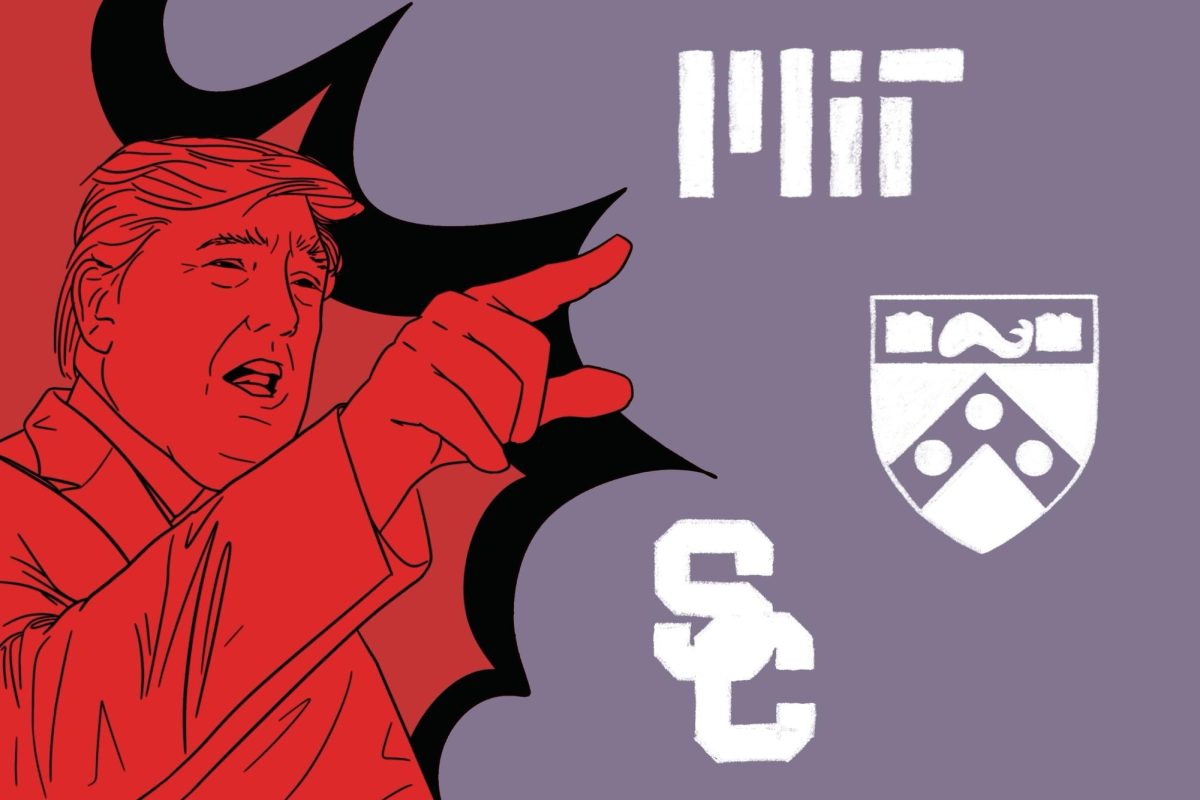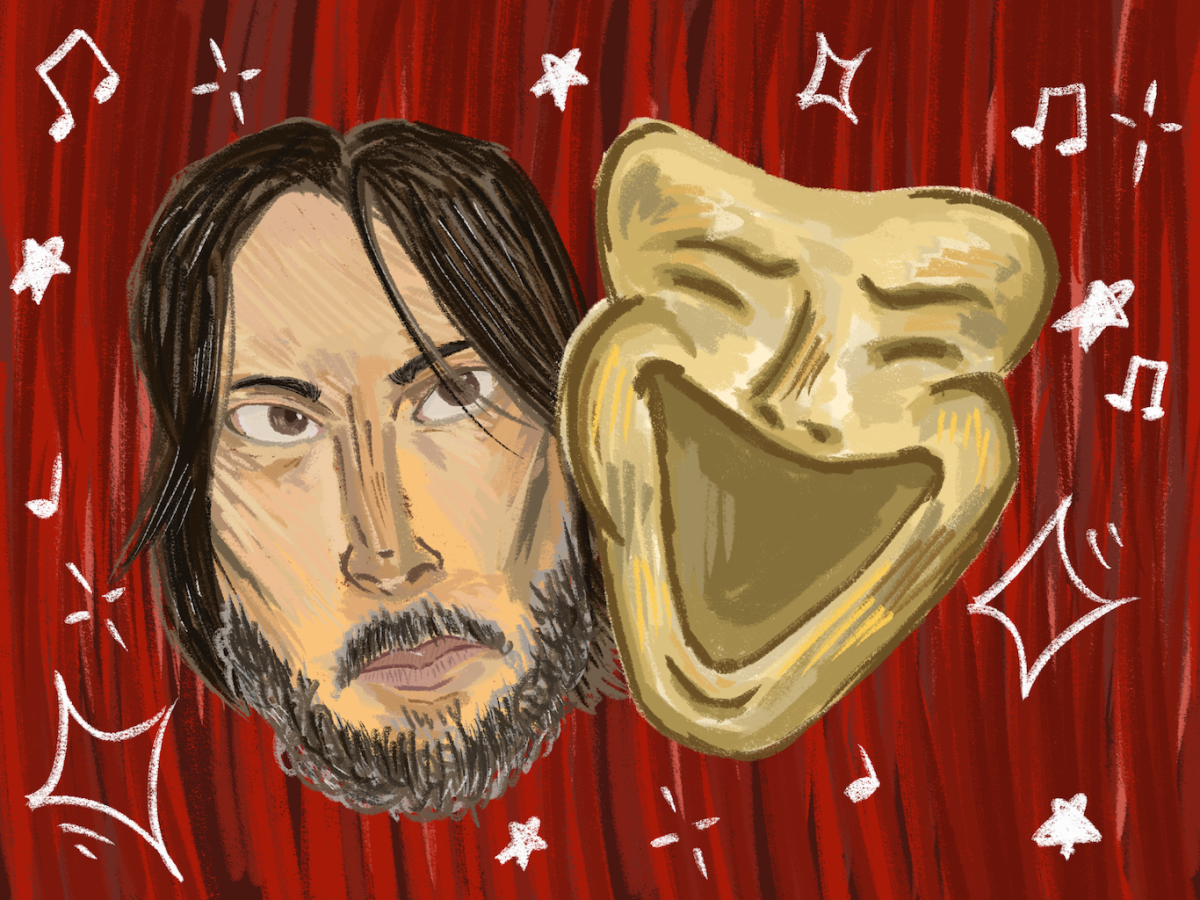Nineteen years, three iterations and seven evil exes since its initial conception, the “Scott Pilgrim” franchise continues with “Scott Pilgrim Takes Off,” an eight-installment animated series which hit Netflix on Nov. 17. Despite a shortage of screen time for its titular character, the 2023 series thrives thanks to its compelling plot, charming wit, and inherent nostalgia.
Based on a 2004 graphic novel series by Bryan Lee O’Malley, the franchise gained cult renown through its 2010 film adaptation (“Scott Pilgrim vs. the World”) starring Michael Cera and a side-scrolling game developed by Ubisoft. In prior installments, the franchise had adhered to a familiar canon: Toronto-born bassist Scott Pilgrim falls for enigmatic city newcomer Ramona Flowers. Despite their chemistry, a spontaneous fight against Ramona’s first ex-boyfriend, Matthew Patel, makes it evident that their road to romance will not be easy. In order to date Ramona, Scott must battle and defeat seven of her exes, all of whom are dead-set on sabotaging their relationship.
The goofy premise fuels a generation’s love for “Scott Pilgrim,” and the series succeeds in tapping into nostalgia. The film’s main cast returns to reprise their roles: Scott Pilgrim (Cera), Ramona Flowers (Mary Elizabeth Winstead), Wallace Wells (Kieran Culkin), Lucas Lee (Chris Evans,) Stacey Pilgrim (Anna Kendrick), Envy Adams (Brie Larson) and Julie Powers (Aubrey Plaza) lend their voices to the project. No performance is phoned-in, though Evans’ gruffness and Culkin’s sardonic drawl most memorably bring new life to their characters all these years later.
With a loyal leading cast and endearing animation style, the series is built for approval from both new viewers and longtime fans. Despite its strong foundation, the show was met with hesitance by some. “Scott Pilgrim Takes Off” lives up to its name — Scott Pilgrim does, in fact, take off. Pilgrim’s fight with Patel ends in his disappearance, with his involvement in the show from that point forward drastically cut down. This absence provoked criticism from several fans upon release, with many wondering just how “Scott Pilgrim” could thrive without Scott Pilgrim himself?
The show rebukes this concern early on. In recasting Ramona as the series protagonist, “Scott Pilgrim Takes Off” fills Pilgrim’s absence with Romana’s newfound agency.
The franchise has never shied away from its titular character’s lower lifestyle as an unemployed mediocre musician who initially dates a girl five years his junior. Over the course of his typical battle royale, he learns that the power of self-respect always trumps love’s strength, leaving him to reflect on his faults and resolve his own errors. With Ramona seemingly cast as a feminine ideal from his perspective, he seems to work to deserve her. The development lends itself towards a richer plot without sacrificing Pilgrim’s evolution in the end.
With Ramona in the limelight, however, the audience can finally gain further insight on her own past and flaws, rather than how they exist from Pilgrim’s perspective. While her shortcomings were never entirely ignored in the franchise — movie-Ramona unabashedly proclaims that “[she has] dabbled with being a bitch” — she reveals in the show that her old flings have all ended as consequences of her own actions. Because Ramona considers her exes prime suspects in Pilgrim’s disappearance, she has the chance to revisit each relationship and seek reconciliation. These moments elevate her as a character, and Ramona’s likable nonchalance carries the show with ease.
As well as the backstory granted to each of Ramona’s exes, extended screen time permitted by the television structure allows for other fan-favorite characters –– such as Pilgrim’s roommate Wallace and bandmate Kim Pine — to see more development beyond the stereotypes and gimmicks composing portions of their identities in previous stories. For instance, Pilgrim’s own ex Knives Chau gains agency following his disappearance, revealing a musical gift that leads her to replace him in his band.
The animated format — adapted by Japanese animation studio Science SARU — allows for a more fantastical approach to action sequences than fans have seen before. In an interview with Entertainment Weekly, executive producer BenDavid Grabinski expressed enthusiasm about the collaboration: “[We] would get thousands of storyboards that would blow our mind with stuff that we never expected … Each one of these episodes, if they were live action, would cost $100 million.”
Science SARU’s credits include the hit anime “Devilman Crybaby,” and the elements of magical realism present within its grittier urban world translate over fantastically in the development of Toronto, a city delightfully comfortable with the obscure, for “Scott Pilgrim.”
Fans of the franchise will embrace the obscurities present in the show like old friends; new viewers will quickly accept the chaos as creed. Ramona is Pilgrim’s literal dream girl: He first recognizes her from his own subconscious, and her ability to travel distances through the neural subspace highways of peers is an afterthought. Untrained characters spontaneously break into battle, practicing vegans are bestowed with superpowers and time travel exists.
The series excels when it too does not take itself seriously, toying with metafictional devices in jest: Two episodes take place on a set for the fictional upcoming blockbuster “Scott Pilgrim’s Precious Little Life” –– named after the first volume of the graphic novel series — featuring a plot parallel to the franchise’s famous film.
“Scott Pilgrim Takes Off” is a successful reimagining of a well-loved story. It revels in the franchise’s camp narrative, but its popularity is not entirely reliant on the nostalgia it serves. The inclusion of fresh comedy and overall wit are reason enough to watch.
Contact Eleanor Jacobs at [email protected].

























































































































































